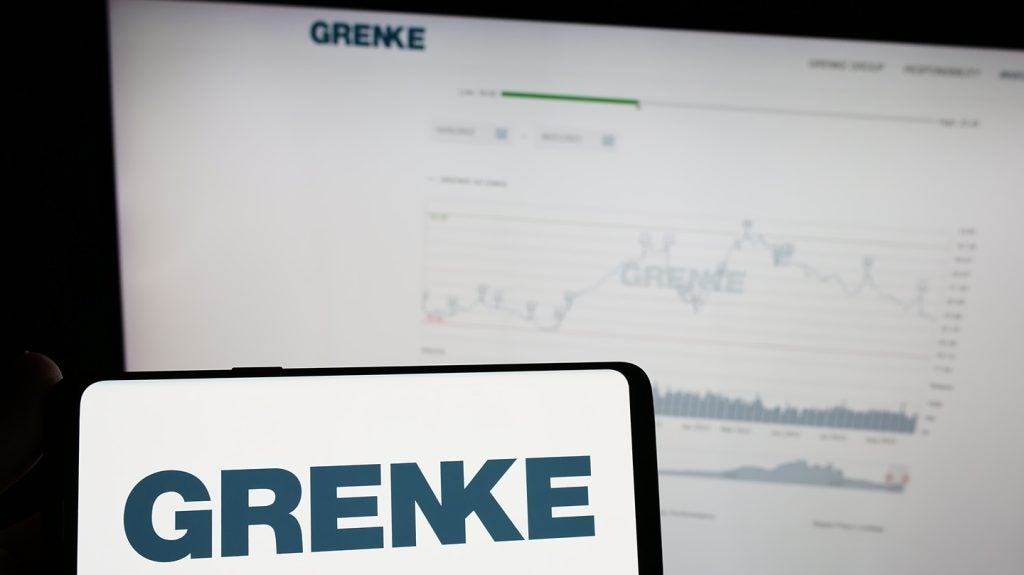Businesses and fleet managers face ongoing financial challenges amidst high inflation rates and the cost-of-living crisis. Innovative strategies have become crucial to alleviate financial strain without compromising efficiency or performance. Matt Dillon, Head of Commercial Vehicles at LeasePlan UK, provides five practical steps to optimise your fleet operations and reduce costs:
Take advantage of advancements in telematics and fleet tracking
Investing in telematics may involve an upfront cost, but it can yield significant long-term financial benefits. By making the most of real-time data, fleet managers can identify and amend inefficient and expensive practices, leading to cost reductions in various areas:
- Reduced insurance costs. Telematics and fleet tracking can identify destructive driving behaviours, allowing fleet managers to address them proactively and lower the risk of future accidents or collisions. Studies have demonstrated the cost-effectiveness of telematics for vehicle insurance, with reports stating savings of 25-50%.
- Lower maintenance costs. Telematics technology can aid in predicting maintenance needs by monitoring engine hours and identifying issues before they worsen.
- Reduced fuel costs. Identifying instances of excessive idling will help fleet drivers to adapt their behaviour and save fuel, leading to cost savings.
- Optimised fleet capacity. Analysing fleet utilisation data can eliminate underused or surplus vehicles, reducing maintenance and leasing costs.
Optimise vehicle selection and lifecycle management
Whole-life costs are a significant factor when adding vehicles to a fleet. So, choosing cars that are fuel-efficient, reliable, and suited to the intended tasks rather than opting for the most affordable options is essential. Determining the right time to replace vehicles also helps avoid excessive maintenance and repair costs associated with ageing fleets.
When replacing your fleet vehicles, I recommend evaluating the Total Cost of Ownership (TCO) to understand the long-term financial benefits of investing in electric vehicles (EVs). These may have a higher upfront cost but do offer lower TCO due to incentives like reduced biK tax and VED exemptions until 2025. LeasePlan’s Car Cost Index reveals that EVs in nearly every segment and European country are now the same price or cheaper on a TCO basis compared to ICE vehicles.
If you’re considering switching to an electric fleet, this handy readiness tool can help you see how EV-ready your fleet is.
Tracking monthly and quarterly metrics about total vehicle off-road time and expenses will help indicate which vehicles need particular support, while a professional fleet management service like LeasePlan UK can also further cut long-term costs, like Aviva.

US Tariffs are shifting - will you react or anticipate?
Don’t let policy changes catch you off guard. Stay proactive with real-time data and expert analysis.
By GlobalData
Reduce grey fleet mileage
With the rise of flexible working options, grey fleet mileage (employee-owned vehicles used for work and reimbursed by the business) is rising. Data from Energy Saving Trust shows that an organisation with 500 grey fleet drivers would cost approximately £225,000 per year for mileage reimbursements alone – a significant business expense.
Where possible, encourage employees to explore alternative forms of transport, like vehicle sharing, public transport, or walking, which also promotes employee wellbeing. Businesses can also consider video or telephone meetings to reduce employee travel. This approach is not only financially viable but also benefits the environment and your fleet emissions.
Avoid unnecessary costs at the end of contracts
When returning a leased vehicle, familiarise yourself with the British Vehicle Rental and Leasing Association’s (BVRLA) Fair Wear and Tear guidelines, which set standards for vehicle condition upon return. The BVRLA routinely updates their guidelines to keep up with the fast-paced developments of the industry, with the latest update reflecting the newest technologies and driver habits.
A penalty will be imposed if a returned vehicle does not comply with these guidelines. In 2020, the average cost of additional wear and tear charges was £326. By educating drivers on these guidelines, fleet managers can avoid unexpected and unnecessary expenses at the end of a leasing contract.
Promote driver training and safety
Consistent driver training and awareness of safety procedures are vital for protecting fleets on the road and reducing overall costs. I highly recommend emphasising driver safety and regular vehicle maintenance to empower fleets and drivers to operate more efficiently, resulting in improved performance with lower costs, as data suggests that bad drivers can increase fleet costs by 13%.
Finding ways to cut costs whilst maintaining fleet efficiency is essential in navigating these unpredictable times. Whether it be through making the most of telematics to optimise fleet capacity and lower insurance costs or reducing grey fleet mileage, there are many practical ways fleet managers can do this.
Praetura surpasses annual deals as it marks 10 years SME funding








